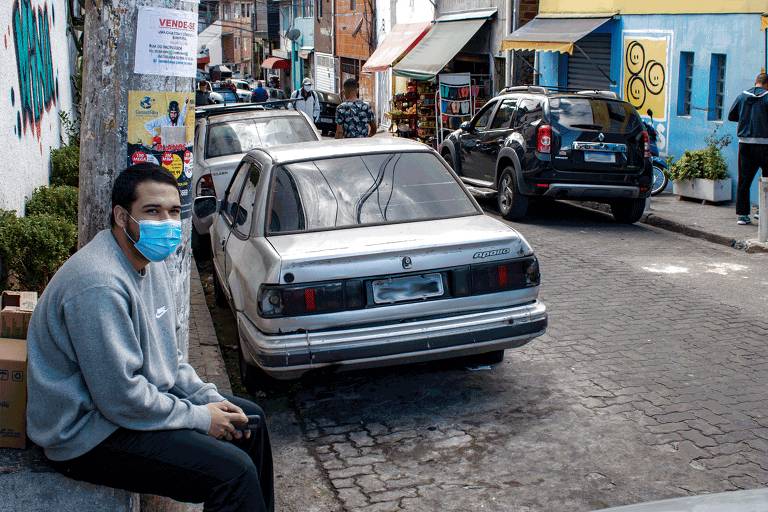Narrow streets that impede the passage of buses, which lead to long walks to reach public transport, an increase in the number of cars that congest the neighborhood and being labeled a "risk area," make drivers avoid the region.
These are some of the challenges of urban mobility in the two largest favelas in São Paulo: Heliópolis and Paraisópolis, in the south zone.
Heliópolis is considered the largest favela in the city of São Paulo. The community, about 8km from the center of São Paulo, has around 200 thousand inhabitants.
"For about ten years now, everyone has been buying cars or expanded their houses. But no one built a garage, so the streets in the neighborhood started to get more crowded," says social researcher João Vitor da Cruz, 20.
As a result of the increase in parked cars, there has been more traffic, especially during peak hours.
The problems in Paraisópolis, with around 100,000 residents, are similar.
According to residents, the Uber transport app does not enter some streets. Drivers are autonomous and use private vehicles, so it is up to them to accept the rides for these regions.
Translated by Kiratiana Freelon
